Workshop of Pierre Mignard (1612-1695)
Oil on oval-shaped canvas,
Dimensions: h. 86 cm l. 71 cm
Large original frame in gilded and finely carved wood.
Framed: h. 108 cm l. 89 cm
Installed on a red velvet cushion embroidered with gold, the little boy tenderly embraces a lamb, the companion of St John the Baptist. The small reed cross decorated with a standard is located in the foreground of the painting. Naked, the future king of Spain, is wrapped in an ermine cloak lined with blue velvet. He looks affably at the viewer with his large gray-blue eyes. The large, curly blonde locks frame her chubby, baby face. The child's blond hair, white flesh, his whole delicately plump face stand out against the background of dark curtains. The intense colors, reds and blues, typical of Pierre Mignard's palette, bring contrast to the composition. The carefully modeled drapes of blue velvet, with illuminated crests and dark blue hollows, enliven the scene. Intense lighting reflected in his porcelain flesh only amplifies the solemn character of this sovereign child. However, the tenderness and affection in the gestures makes the atmosphere full of gentleness, transforming the lamb into a pet.
Pierre Mignard French painter (Troyes 1612-Paris 1695). A student of Vouet, he worked in Italy, especially in Rome, from 1635 to 1657, before joining Paris at the request of Louis XIV; he then executed several commissions, such as the dome of Val-de-Grâce (1663). A renowned portraitist, he knew how to flatter the model, but also mix expression and grace in light and fresh tones, the opposite of the majesty of Le Brun. On the death of his rival (1690), he succeeded him as first painter to the king and director of the Gobelins factory. Philip V, (Versailles, December 19, 1683 – Madrid, July 9, 1746), king of Spain and India. Second son of Louis de France, known as “the Grand Dauphin”, and grandson of King Louis XIV, Philippe de France is titled Duke of Anjou. He succeeded his maternal great-uncle Charles II, last king of Spain of the Habsburg dynasty, and he himself became king of Spain, first of the Bourbon dynasty (his descendants then adopted the name Bourbon, which carried their ancestor Antoine de Bourbon, who became king of Navarre in 1555). His reign, 45 years and 2 days, is the longest in the Spanish monarchy.



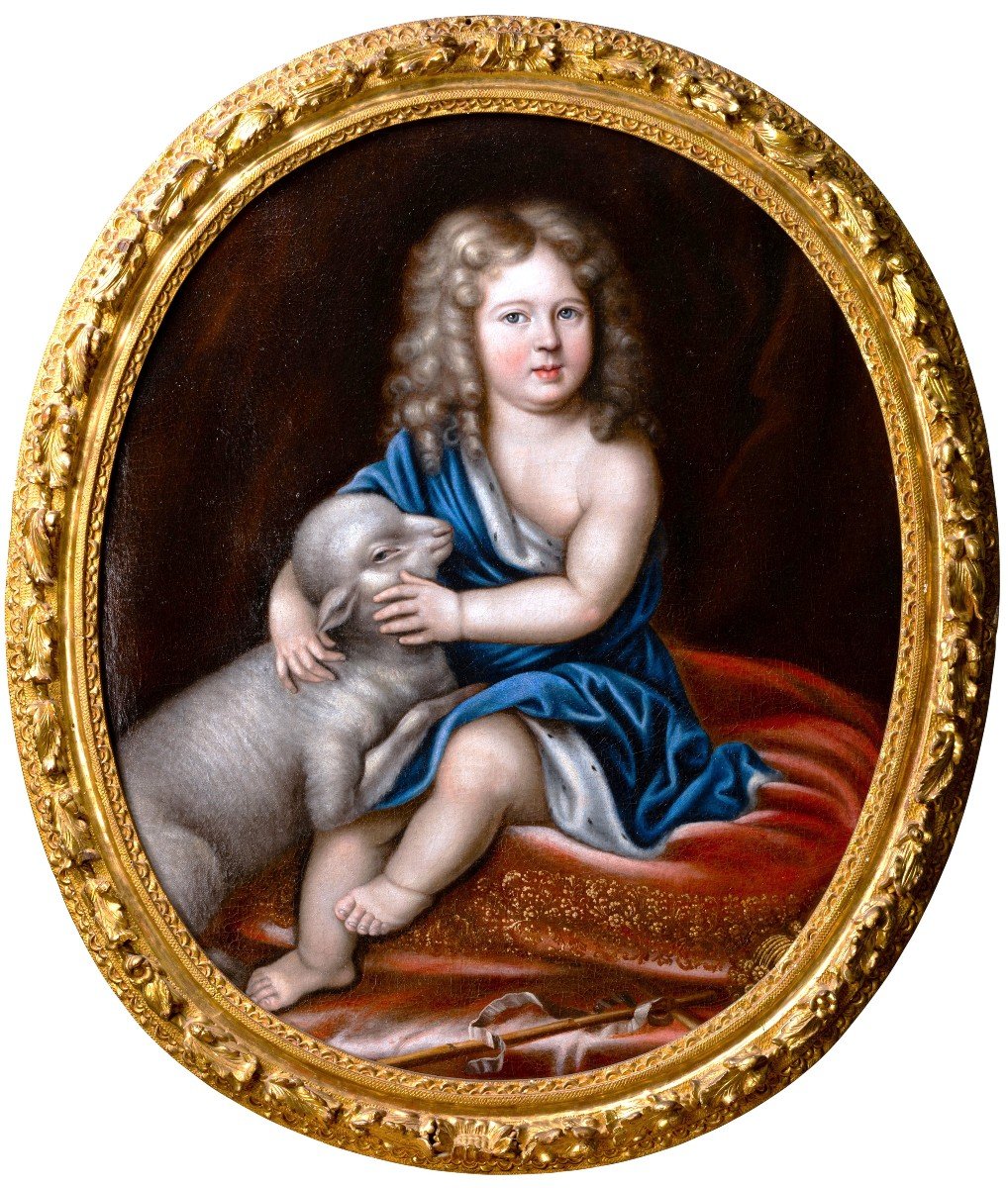








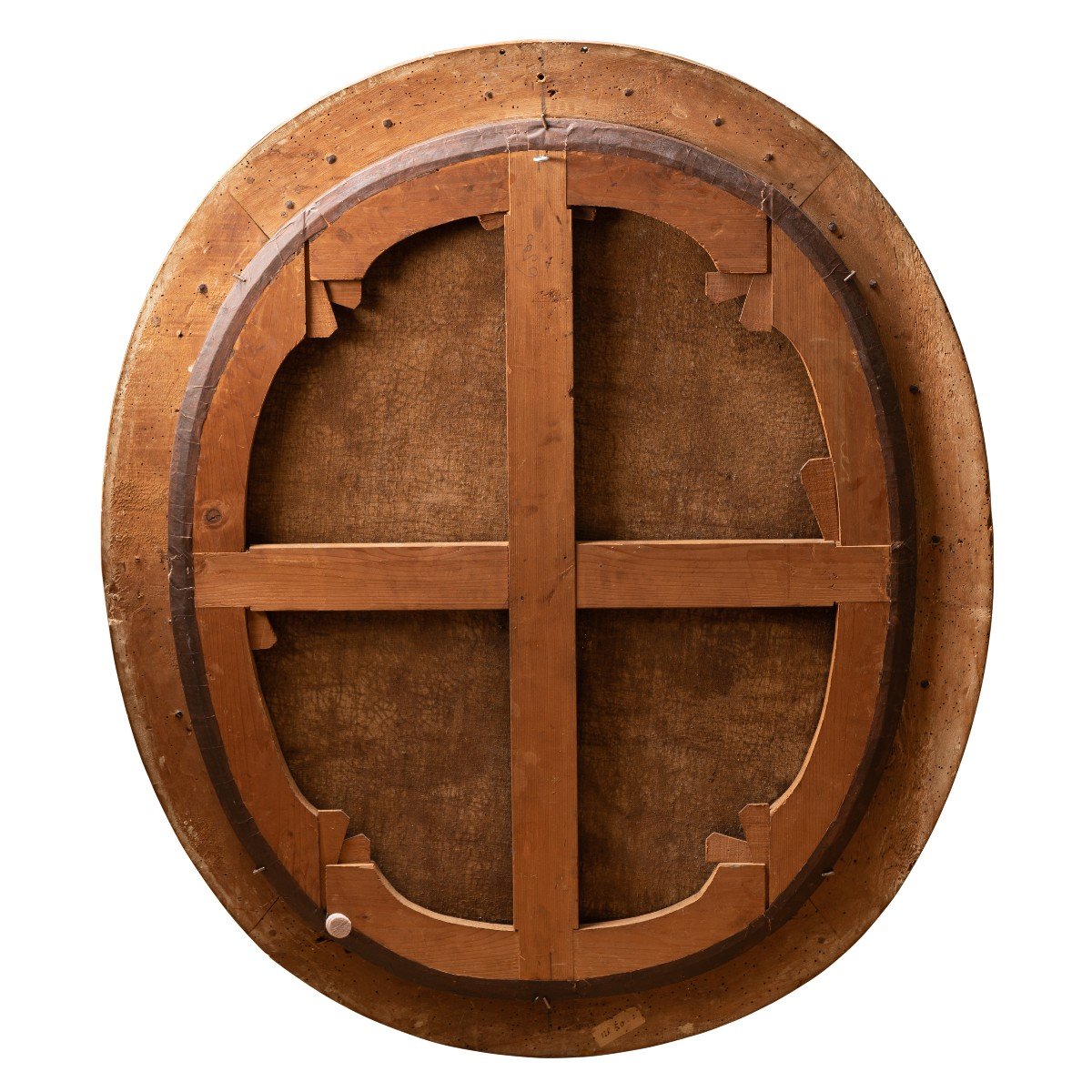


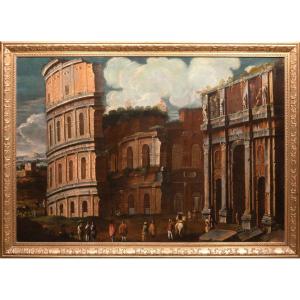





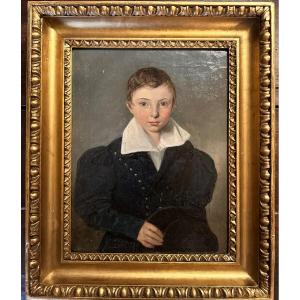

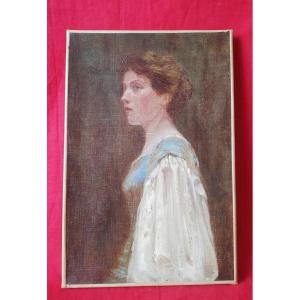





 Le Magazine de PROANTIC
Le Magazine de PROANTIC TRÉSORS Magazine
TRÉSORS Magazine Rivista Artiquariato
Rivista Artiquariato
